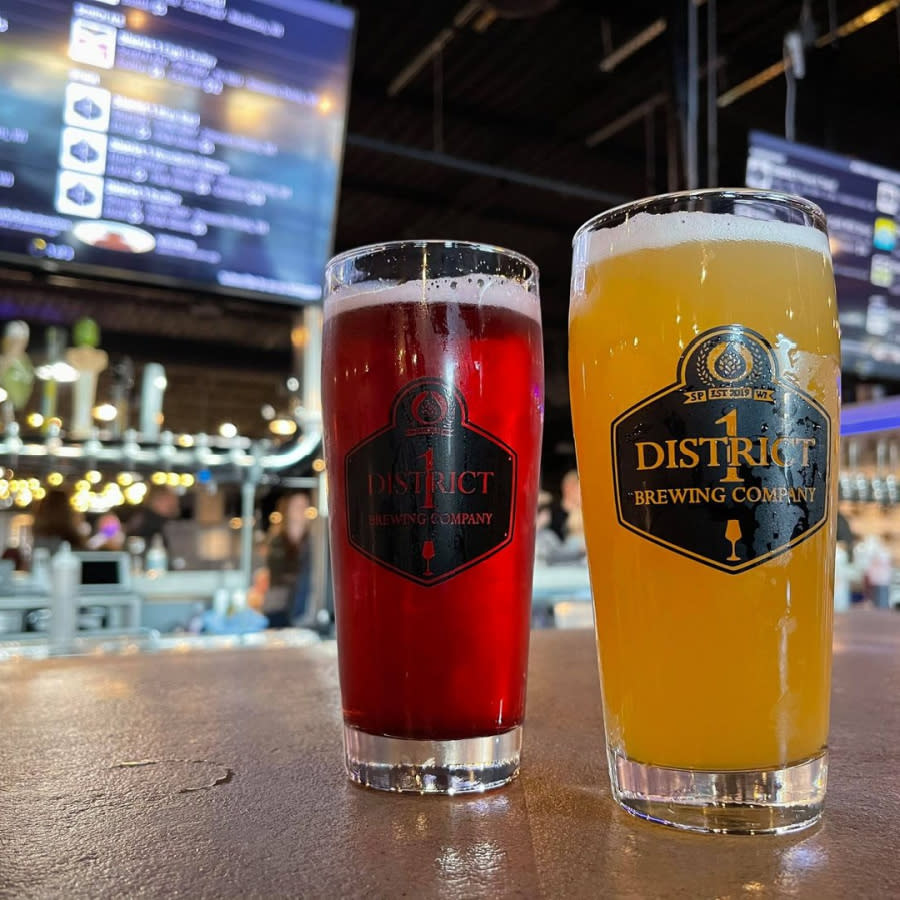Mastering the Craft of Distillation: a Deep Study Distillery Traditions
Discovering the intricate art of purification unveils a world steeped in classic practices that have actually formed the spirits we appreciate today. From the old beginnings of purification strategies to the modern development of distillery tools, each action in the procedure carries with it an abundant tapestry of history and proficiency. As we dive right into the fragile equilibrium of contemporary versus traditional distilling practices and discover the importance of key ingredients, a much deeper understanding arises of the extensive impact distillery practices carry the spirits we savor.
Beginnings of Purification Techniques
The growth of purification techniques has an abundant background that traces back to ancient worlds. The concept of dividing parts based on their different boiling factors laid the structure for the sophisticated distillation procedures we have today.
The earliest evidence of purification days back to around 3000 BC in Mesopotamia, where clay pots were used to boil down fragrances and fragrant oils. The Egyptians even more progressed these techniques, utilizing distillation for embalming techniques and medical purposes. The Greeks, especially numbers like Aristotle and Hippocrates, added to the theoretical understanding of purification.
Gradually, distillation infect regions like India, China, and the Middle East, each society including its special touch to the craft. The development of distillation techniques continued through the Center Ages and the Renaissance, eventually resulting in the varied range of purification processes employed in modern distilleries worldwide.
Development of Distillery Equipment

With improvements in innovation and a much deeper understanding of the distillation process, contemporary distilleries currently use a variety of sophisticated tools to create spirits of the best. Today, distillation devices consists of column stills, reflux stills, and hybrid stills, each created to satisfy particular purification requirements. These modern-day stills offer much better temperature policy, enhanced purification accuracy, and greater performance in separating alcohol from impurities.
Along with stills, distilleries currently use sophisticated condensers, fermenters, and filtering systems to more improve the extract. The development of distillery tools continues to play a vital role in forming the diverse array of spirits readily available in the market today.
Typical Vs. Modern Distilling Practices
Conversely, contemporary distilling methods leverage advanced technology and development to enhance manufacturing procedures and boost consistency. Automated systems, digital controls, and modern tools enable modern distilleries to create spirits a lot more efficiently and with higher accuracy.
While standard distilling methods are treasured for their heritage and the one-of-a-kind tastes they generate, modern techniques offer benefits in regards to scalability, quality assurance, and sustainability. By incorporating clinical developments and contemporary design, distillers can optimize production, reduce waste, and fulfill the demands of today's market better. Eventually, the selection in between conventional and modern distilling practices typically relies on the distillery's objectives, values, and target market.
Secret Components in Purification Refine
Within the craft of purification, the choice of crucial active ingredients plays a vital function in identifying the taste profile and high quality of the spirits produced. The main components used in the distillation procedure are commonly water, yeast, and a fermentable resource such as grains, fruits, or sugarcane.
Water is an essential element as it not only thins down the alcohol content to a palatable level but additionally impacts the overall mouthfeel and texture of the spirit. The quality and mineral material of the water made use of can substantially affect the last product.
Yeast is an additional essential ingredient that converts the sugars present in the fermentable resource right into alcohol through the process of fermentation. Different strains of yeast can produce differing aromas and tastes, contributing to the one-of-a-kind characteristics of the spirit.

Impact of Distillery Traditions on Spirits
The influence of longstanding distillery traditions on spirits expands past the option of key ingredients, forming the extremely significance and personality of the last distilled items (Distillery in Galveston). These customs, passed down via generations, play an essential duty in specifying the one-of-a-kind preference profiles and qualities that differentiate one other spirit from one more
Distillery traditions include a wide variety of practices, from the certain techniques used in distillation to the selection of maturing processes employed. For instance, using standard copper pot stills in scotch manufacturing is thought to present specific flavors and attributes that are very valued by lovers. The aging of spirits in oak barrels, a technique deeply rooted in distilling practices, contributes to the advancement of complex aromas and flavors over time.

Conclusion
From the origins of distillation methods to the modern methods, the effect of distillery customs on spirits is undeniable. Distillery customs play an essential duty in shaping the spirits market and maintaining the heritage of purification techniques.
Throughout the history of purification, the devices utilized in distilleries has undertaken substantial evolution to improve performance and high quality of the purification process.With advancements in innovation and a much deeper understanding of this page the distillation procedure, contemporary distilleries currently make use of a selection of sophisticated devices to produce spirits of the greatest quality. Today, purification tools includes column stills, reflux stills, and crossbreed stills, each made to provide to certain purification needs. From the beginnings of distillation strategies to the modern-day practices, the impact of distillery traditions on spirits is undeniable. Distillery practices play a crucial function in shaping the spirits industry and maintaining the heritage of purification methods.